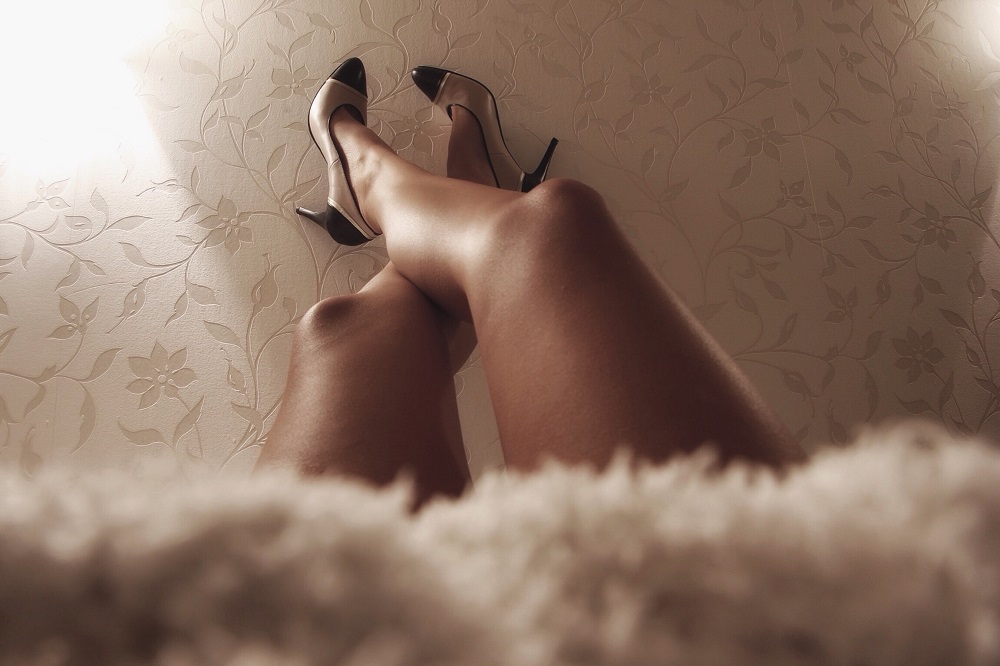[vc_row][vc_column][vc_column_text]There’s no question that treating varicose veins can restore the smooth, beautiful skin on your legs from before those veins appeared. But for some, varicose vein treatment does not become a priority until it becomes more of a health threat than an aesthetic annoyance.

But how do you know when your varicose veins have gone from just unsightly to dangerous for your health? First, it’s important to know what varicose veins are, where they come from, and just what kind of damage they can do to your health in the long-term.
Varicose veins tend to be larger than spider veins. These include the larger veins responsible for supplying tissues with a larger amount of blood. These also tend to be deeper in the skin than the blood vessels responsible for spider veins, but their expansion tends to be larger. This is why varicose veins are often felt rather than seen. They can cause everything from rigid bumps to painful swelling. And they affect A lot of us:
Varicose veins affect about one in four U.S. adults, or about 22 million women and 11 million men between ages 40 and 80.
What do varicose veins look like?
Veins that are dark purple or blue in color Veins that appear twisted and bulging; often like cords on your legs
Where do Varicose Veins come from?
Varicose veins are caused by increased pressure in the veins. Varicose veins happen in the veins near the surface of the skin (superficial). The blood moves towards the heart by one-way valves in the veins. When the valves become weakened or damaged, blood can collect in the veins and cause the pressure inside these leg veins to build.
When do these Varicose Veins turn into a health hazard?
Dr. Susan Fox, owner and founder of Fox Vein & Laser Experts, explains, “It’s easy to ignore something on our bodies that isn’t causing us any trouble. But the problem is, these varicose veins are troubling from the minute they appear – though they may not feel that way in the beginning.”
According to research reported by the medical website, Everyday Health, assuming that your varicose veins are nothing more than a cosmetic issue is a dangerous myth, stating that “a significant number of varicose vein patients will eventually develop symptoms. The most common include dull achiness, heaviness, throbbing, cramping, and swelling of the legs.” Other symptoms include severe dryness and itchiness of the skin near varicose veins known as venus eczema. People with varicose veins are also at an increased risk for a dangerous type of blood clot known as deep vein thrombosis.” Over time, the increased pressure inside the veins can cause the skin to discolor and become hardened or even worse ulcerate.
So, the answer to your question about when to treat varicose veins is: the sooner the better.
At Fox Vein & Laser Experts, we have a number of different ways to treat your varicose veins. After a consultation, we’ll determine which treatment is best for you depending on the severity of your varicose veins. Our varicose vein treatment options include:
Endovenous Laser Ablation (EVLA/EVLT)
One of the most effective treatments for large varicose veins with a success rate of 98 -100 percent, endovenous laser ablation involves inserting a very thin laser fiber through the affected vein via a needle that typically leaves no scar and requires no sutures. Small pulses of laser energy are delivered as the fiber is pulled through the vein, gently heating it and causing it to collapse and seal shut.
VenaSeal
VenaSeal™ requires a small point of entry in the skin, which is typically too small to require sutures. It targets varicose veins in the legs where blood has begun to pool, stretching these vessels out and causing them to visibly protrude from the skin. A very thin catheter is inserted into the tiny entry in the skin and is positioned in the affected vein, allowing for proper dispersal of the VenaSeal® medical adhesive glue).
Ambulatory Phlebectomy Treatment
This method removes medium to large-sized varicose veins through tiny incisions in the skin. The veins are teased out through the small holes without causing any major scarring or requiring major surgery, which is a significant advancement from the extensive vein-stripping procedures of the past.
 Varithena
Varithena
We have all heard of vein injections or sclerotherapy to treat small spider veins. Varithena is a foamed sclerosant that is injected into a vein under ultrasound guidance to help close it down. This involves no downtime and no incisions. The solution is injected into the vein and compression is applied for several days.
Schedule your Consultation at Fox Vein & Laser Experts
For more options, or to schedule your varicose veins consultation, give us a call! 954-627-1045.[/vc_column_text][/vc_column][/vc_row]

